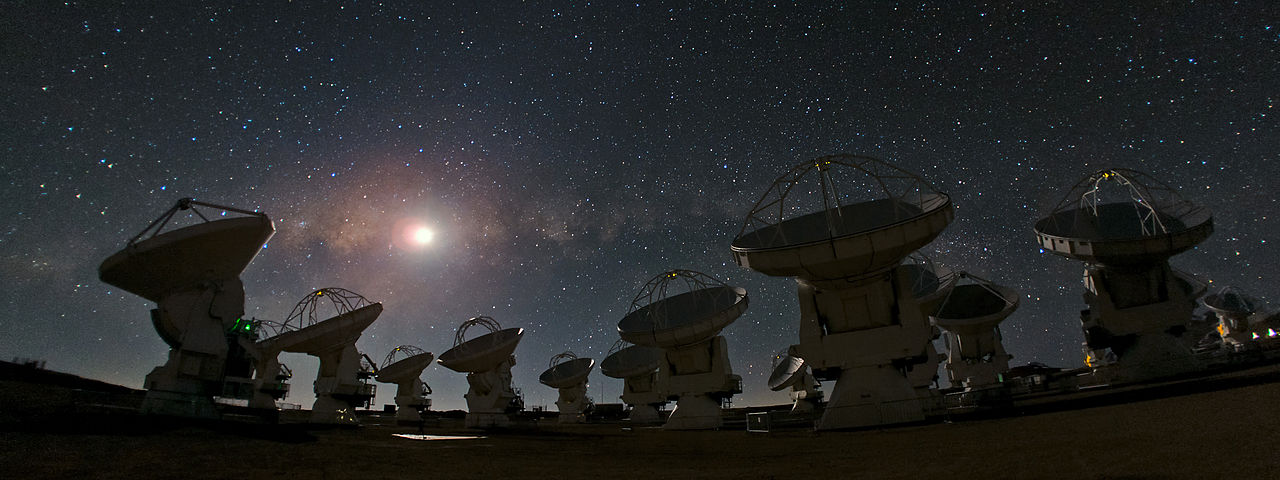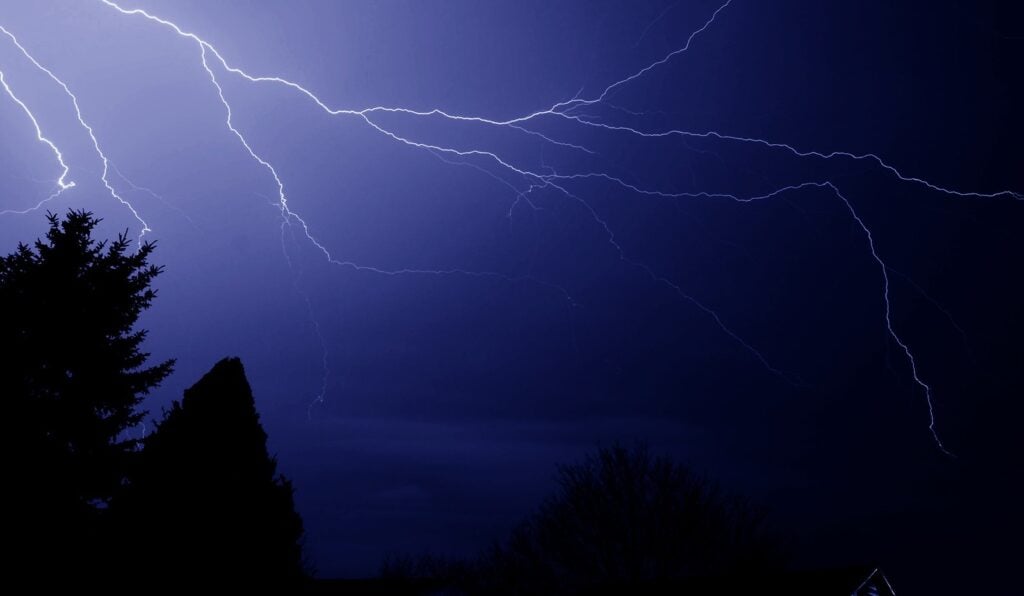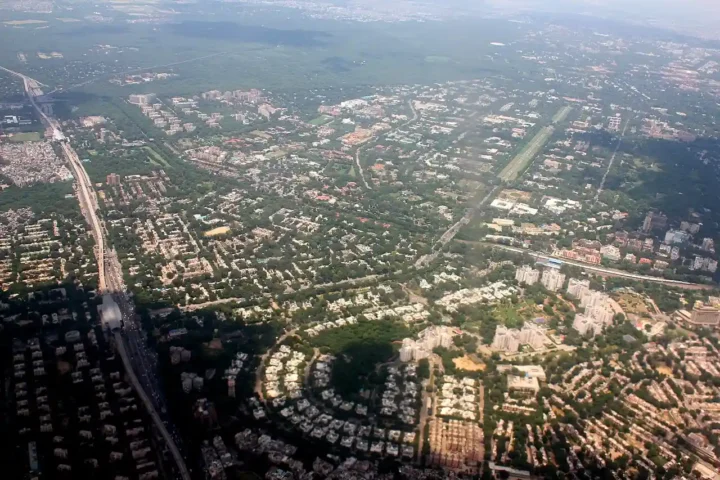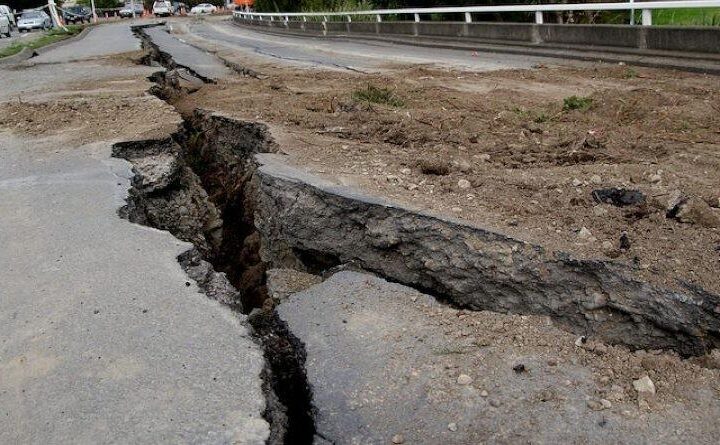A rare snowstorm blanketed Chile’s Atacama Desert on June 26, 2025, forcing the world’s most powerful radio telescope to halt operations and activate emergency protocols. The Atacama Large Millimeter/submillimeter Array (ALMA), a network of 66 high-precision radio antennas, entered “survival mode” as temperatures plummeted and snow accumulated at its base facility.
The snow fell at ALMA’s Operations Support Facility, located at 9,500 feet (2,900 meters) above sea level in northern Chile, about 1,050 miles north of Santiago. This marks the first significant snowfall at this altitude in over a decade, according to ALMA representatives.
“There hasn’t been a record of snowfall at the base camp for over 10 years,” ALMA officials confirmed. “It doesn’t snow every day at ALMA!”
The rare weather event was triggered by a “cold core” passing through northern Chile, combined with unusual atmospheric instability. Temperatures dropped to 10 degrees Fahrenheit (minus 12 Celsius), with wind chills reaching minus 18 F (minus 28 C). Wind gusts exceeded 62 mph (100 km/h) in some areas, creating dangerous working conditions at the high-altitude facility.
Engineers activated the observatory’s “survival mode” protocol early Thursday morning. This involved pivoting the massive 100-ton antennas downwind to prevent snow buildup and potential damage from strong gusts. Power was rerouted to critical heaters within the equipment, and non-essential staff were evacuated to lower elevations.
The Atacama Desert, known as the driest non-polar desert on Earth, typically receives only 0.04 to 0.6 inches (1 to 15 millimeters) of precipitation annually. Many areas can go years without any measurable rain or snow. ALMA was specifically built in this location to take advantage of the extremely dry air and clear skies, which are ideal for radio astronomy.
Similar Posts:
While the higher Chajnantor Plateau where ALMA’s main telescope array sits at 16,800 feet (5,104 meters) typically experiences about three snowfalls annually, precipitation at the lower base camp is exceedingly rare.
Raúl Cordero, a climatologist at the University of Santiago, explained that the region experiences two snow seasons: the “Altiplanic Winter” in February, driven by moist air from the Amazon, and the Southern Hemisphere’s winter from June to July. “In winter, some storms are fueled by moisture from the Pacific, which can extend precipitation even to the Atacama Desert’s coastal areas,” Cordero said.
The snow-related shutdown had significant scientific and financial impacts. The 48-hour operational hiatus resulted in approximately $500,000 in direct costs from staff and schedule overruns. More difficult to quantify was the loss of critical observation time for time-sensitive astronomical phenomena.
The storm affected more than just the observatory. Schools closed across the Tarapacá, Antofagasta, and Atacama regions. Roads were blocked by snowdrifts, stranding travelers near the Argentine border. Power outages and landslides were reported throughout the area.
Once conditions improve, specialized teams will clear snow and inspect each antenna before operations can resume. Interestingly, post-snowfall conditions often provide excellent observation opportunities. “The cold helps lower air humidity, which is what most interferes with our measurements,” ALMA representatives noted.
While scientists are cautious about linking this single event directly to climate change, climate models suggest the Atacama could face more precipitation in the future. “Climate models predict a potential increase in precipitation even in this hyper-arid region,” Cordero stated, while adding, “We still can’t say with certainty whether that increase is already underway. “This rare weather event highlights the challenges of maintaining sophisticated scientific equipment in extreme environments and raises questions about how astronomical facilities might need to adapt to changing climate patterns in the future.



















